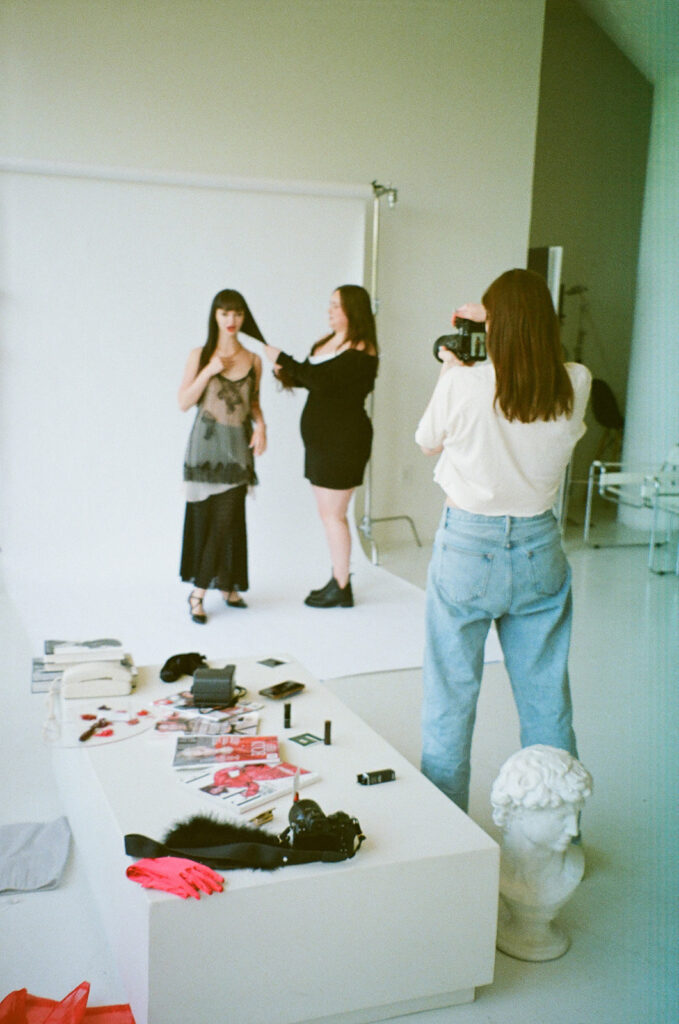
Shopping around for a photographer is already stressful enough and understanding the different types of photo and video formats that you can choose from seems overwhelming. I’ve heard it before, and I will hear it again…
“What is film?”
“What is Super8?”
“Why polaroids?”
“What’s the difference between film and video?”
When it comes to how your memories and content are captured, understanding the different types of photo and video formats can be both exciting and overwhelming.
Each format—whether digital, film, Polaroid, Super8, or video—has its own unique characteristics and advantages. Knowing these differences can help you make informed decisions about which format best suits your needs and what photographer is right for you. Here’s a comprehensive guide to the various types of photo and video formats, helping you choose the perfect one for your big day or project!
Digital: The Modern Standard in Photo and Video Formats
What It Is: Digital is one of the most common types of photo and video formats today and is what we are all comfy with. It uses electronic sensors to capture images and sound, converting light into data files stored on memory cards or hard drives.
Benefits:
- High Flexibility: Digital formats allow you to take numerous shots and review them instantly, offering immediate feedback and the ability to adjust your results quickly.
- Convenient: Digital files are easy to share, edit, and store, making this format ideal for quick turnaround and online use.
How I Use Digital Photography: Digital photography is my main format for all of my sessions and weddings. It is the most reliable format and enables me to capture everything quickly and efficiently. It is also the most easily editable format, letting me adjust colors, lighting and removing unwanted distractions.
Film: The Classic Choice Among Photo Formats
What It Is: Film is a traditional type of photo and video format that uses light-sensitive film to capture images. The film undergoes a chemical process to develop and produce photographs.
Benefits:
- Unique Aesthetic: Film offers a warm, rich tone with distinctive grain, providing a classic look that’s often more nuanced than digital.
- Creative Process: The limitations of film encourage a more deliberate approach, which can enhance the artistic value of your photos or videos.
How I Use Film Photography: Because film requires a more intentional approach, I use it on sessions and weddings in tandem with digital photography. While digital photography is quick and reliable, film photography offers a sense of timeless nostalgia that you just can’t get with digital. I use a mixture of different film stocks and sizes so that your gallery is filled with images that feel like art.
Polaroid: Instant Charm and Nostalgia
What It Is: Polaroid cameras use instant film, a type of photo format that produces a physical photograph almost immediately after you take it.
Benefits:
- Instant Results: Perfect for situations where you need immediate physical prints, such as events or parties.
- Unique Appeal: Each Polaroid print is one-of-a-kind with a distinctive border and color profile that adds a personal touch.
How I Use Polaroid Photography: Polaroids are my favorite thing to shoot in this whole world. Polaroids are a fun photo format that I include in most sessions and all of my weddings and elopements. Like film photography, it invokes a sense of nostalgia that can’t be matched. You’ll even find Polaroids all around my own home.
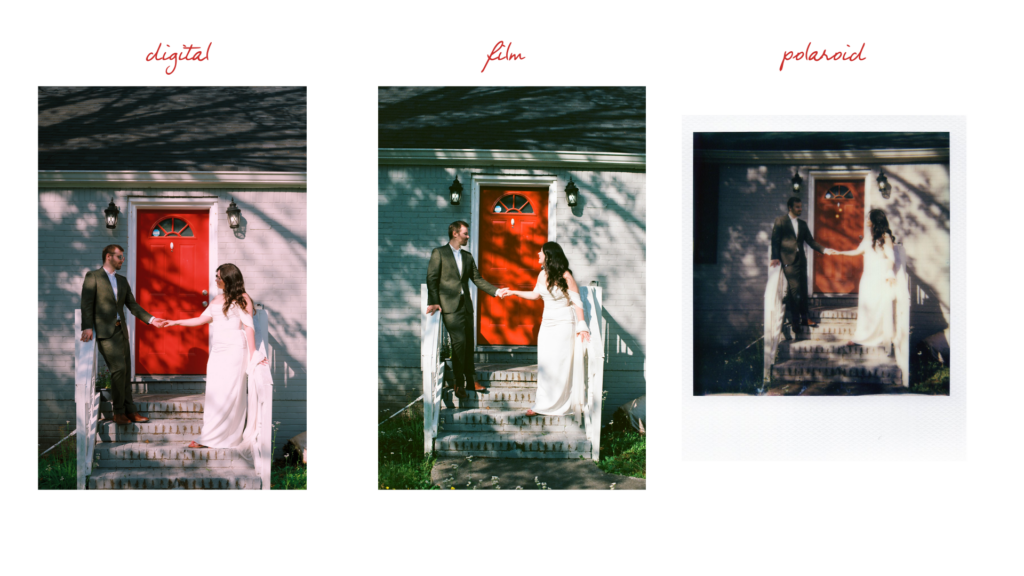
Super8: A Video Format with Vintage Flair
What It Is: Super8 is a type of motion picture film known for its compact cartridges and unique cinematic quality. The film undergoes a chemical process to develop and produce video.
Benefits:
- Nostalgic Look: Super8 film provides a retro aesthetic with a grainy texture and color saturation that’s difficult to replicate digitally.
- Artistic Expression: The format’s vintage feel can enhance creative projects and add a nostalgic or artistic element.
How I Use Super8 Videography: Unlike digital videography, Super8 requires a very intentional approach as each cartridge can film about 3.5 minutes of footage at a time. This type of videography is best for those who love nostalgic, vintage vibes. This type of video does not record sound – only motion. I’ve loved getting to use it for date nights, pregnancy announcements, weddings, and more! It’s a great addition to any package if seeing your story or brand come to life via video is important to you!
Interested in learning more about my Super8 work? Check out the price guide here.
Video: Capturing Motion and Sound in Video
What It Is: Digital video is a format that records moving images and sound electronically. Modern video recording is usually digital, with data stored on memory cards or drives.
Benefits:
- Dynamic Content: Video captures both motion and sound, making it ideal for storytelling, presentations, and multimedia content.
- Editing Flexibility: Digital video can be easily edited and enhanced, providing extensive creative possibilities and professional results.
Ideal For: Any project requiring motion, such as commercials, documentaries, training videos, or live events. It’s perfect for clients needing high-quality, dynamic visual content with and without sound.
How I Use Video: Although I don’t do in-house digital video, I have awesome vendors like Woodell Productions and BLTF Productions that I can send your way. I love to work in tandem with videography teams to create a dynamic experience for my clients.
Choosing the Right Type of Photo and Video Format for Your Project
Understanding the different types of photo and video formats helps you select the best one for your specific needs. Whether you’re drawn to the immediacy of digital, the nostalgic appeal of film, the unique charm of Polaroids, the vintage flair of Super8, or the dynamic capabilities of video, each format offers its own strengths.
Inquire here with your project requirements, and I can help guide you to the best type of photo and video format to match your creative vision. Whether you need high-resolution digital content or the classic warmth of film, we’re here to make your project shine. Let’s create art together!
READ LATEST
the
Search
Blog
the
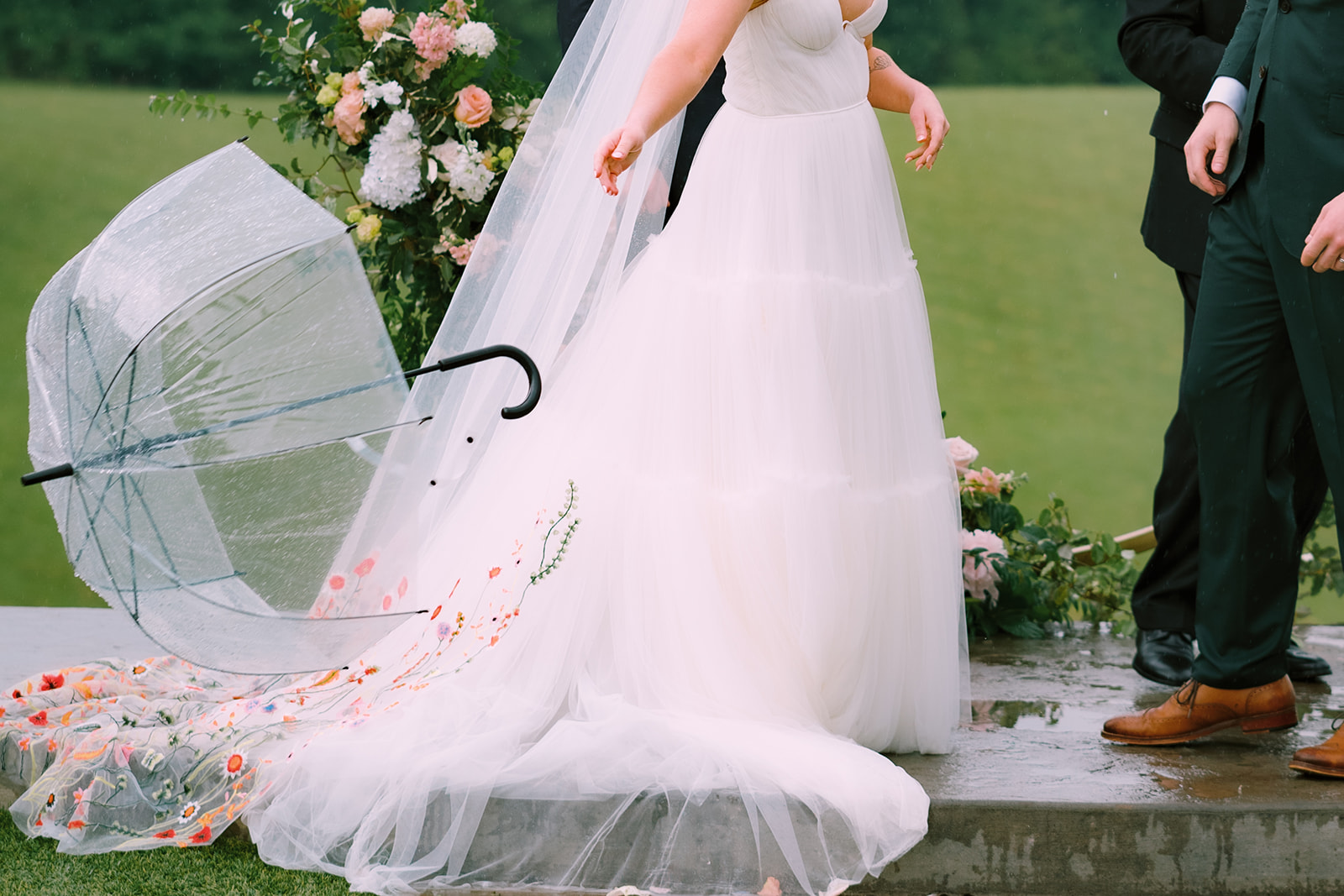
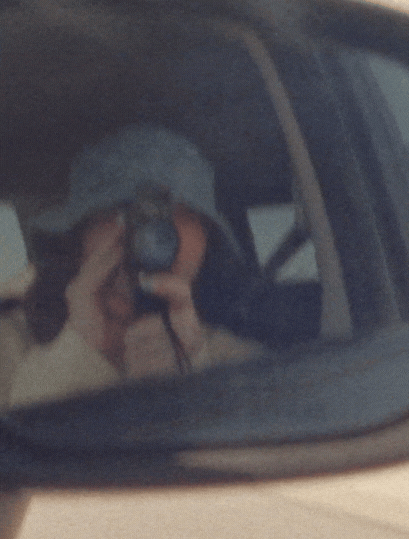

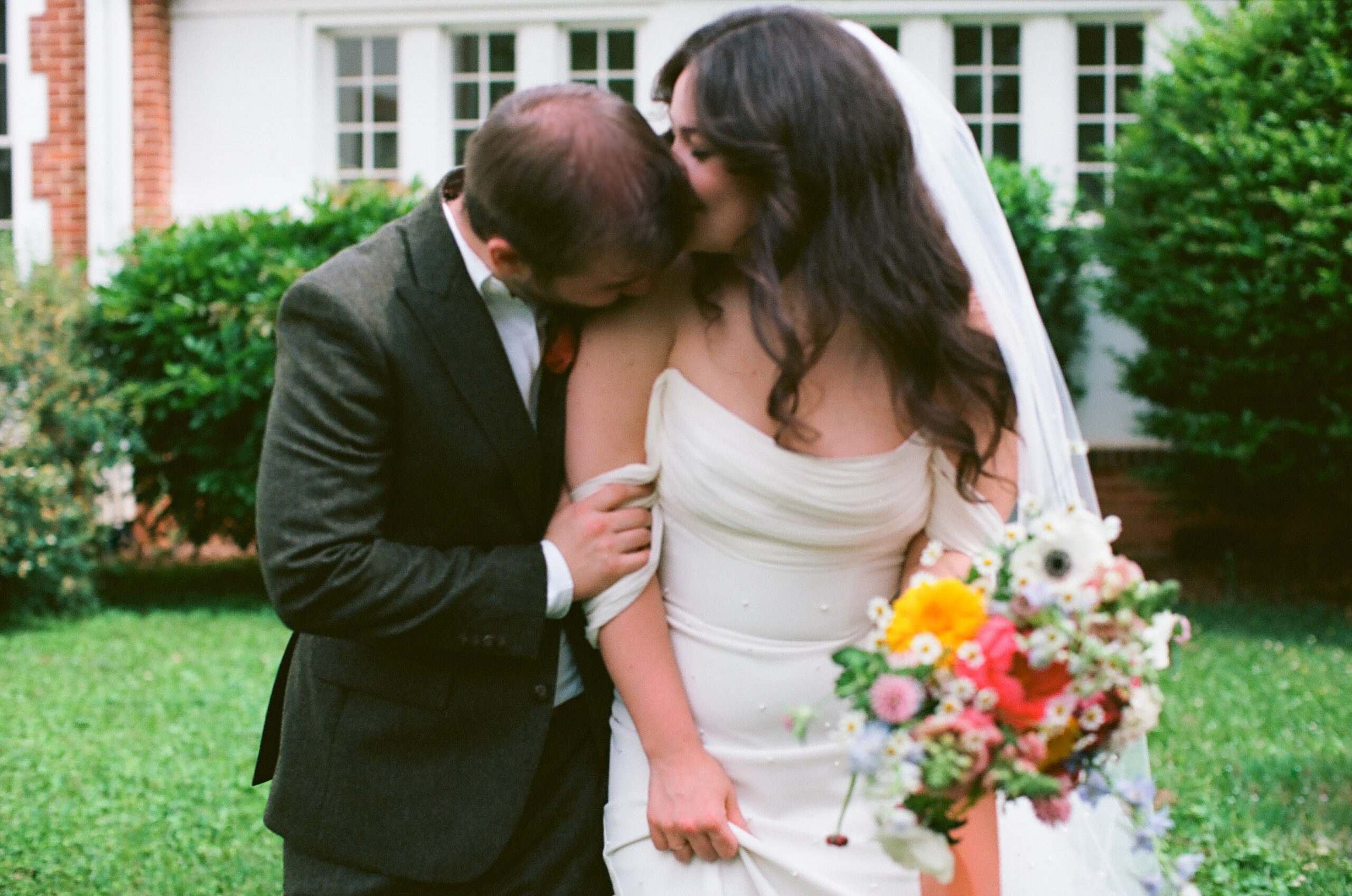
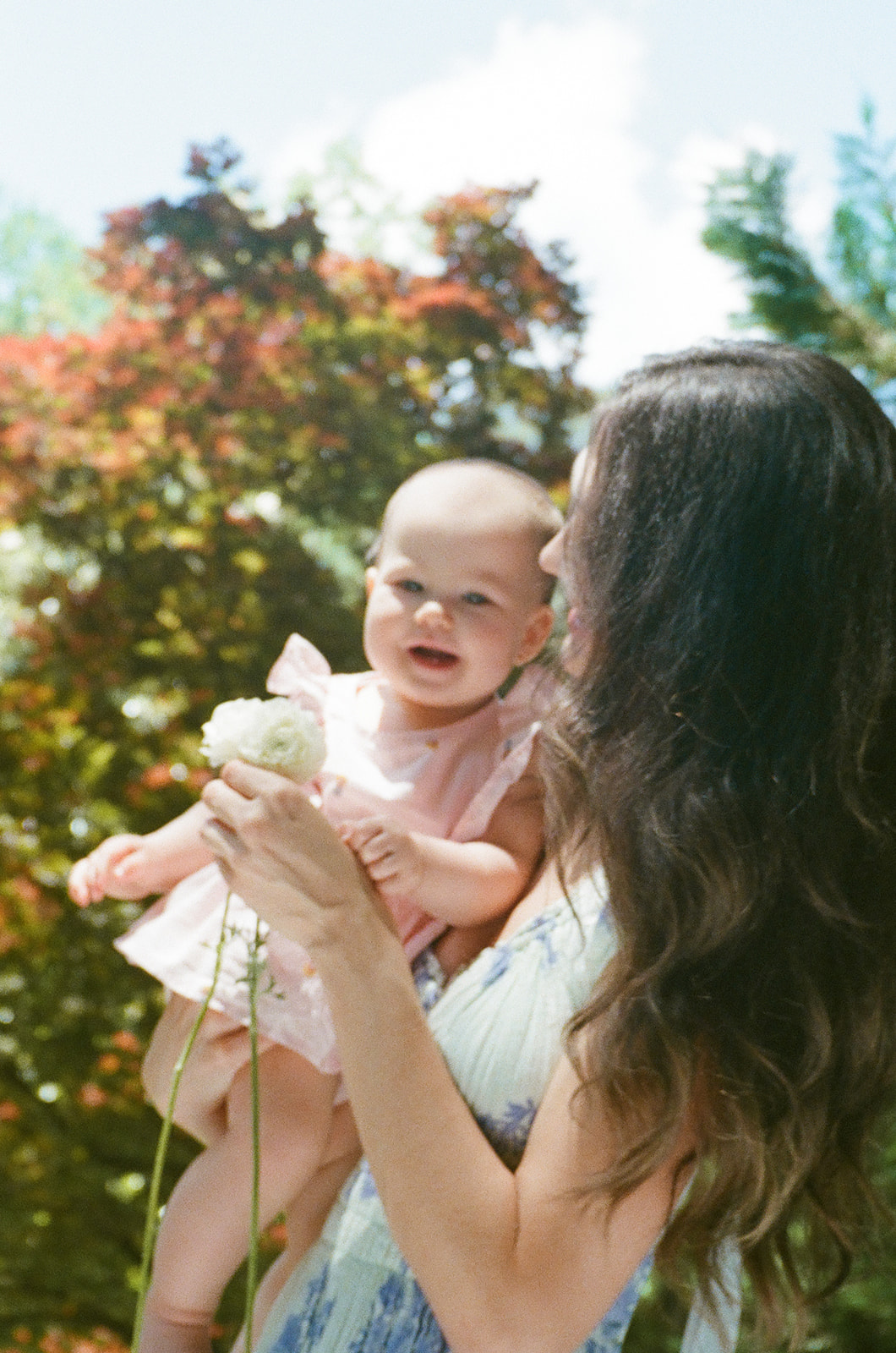
+ Show / Hide Comments
Share to: